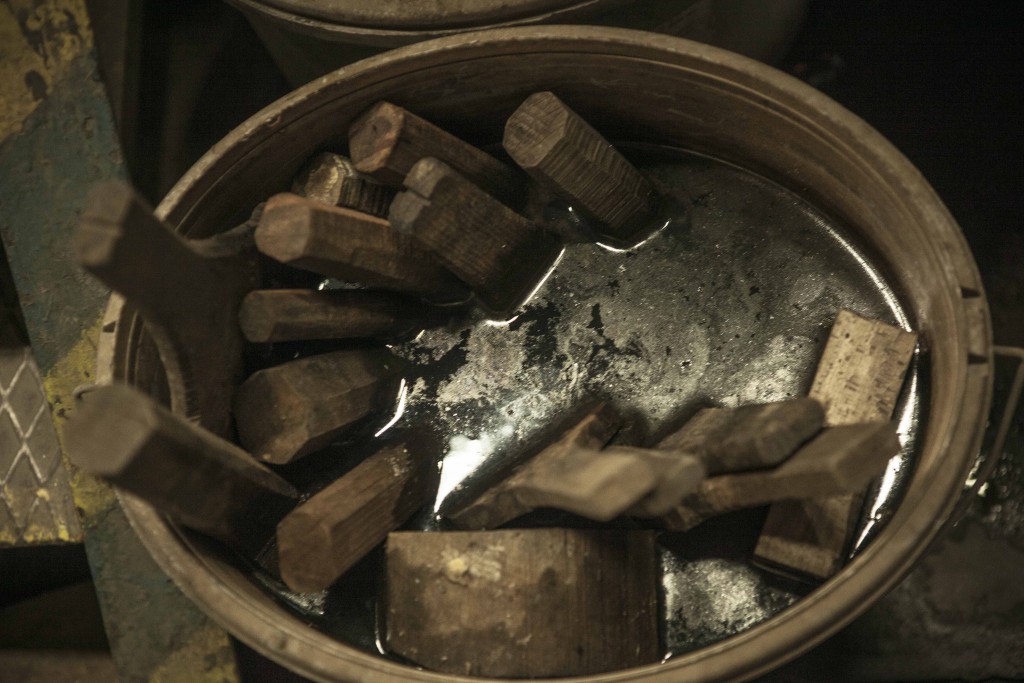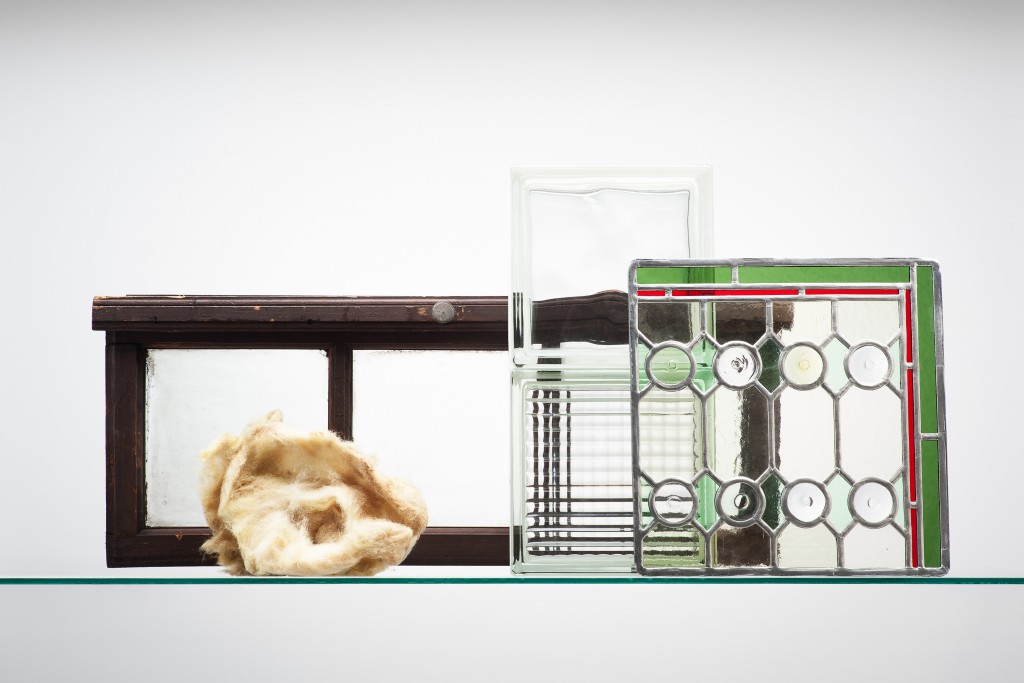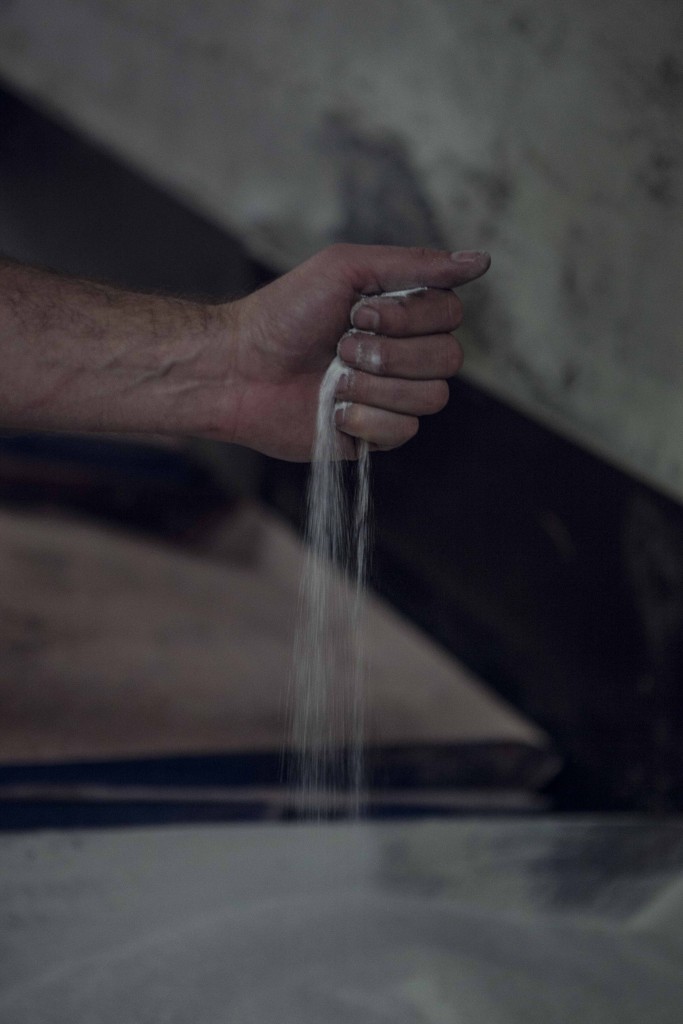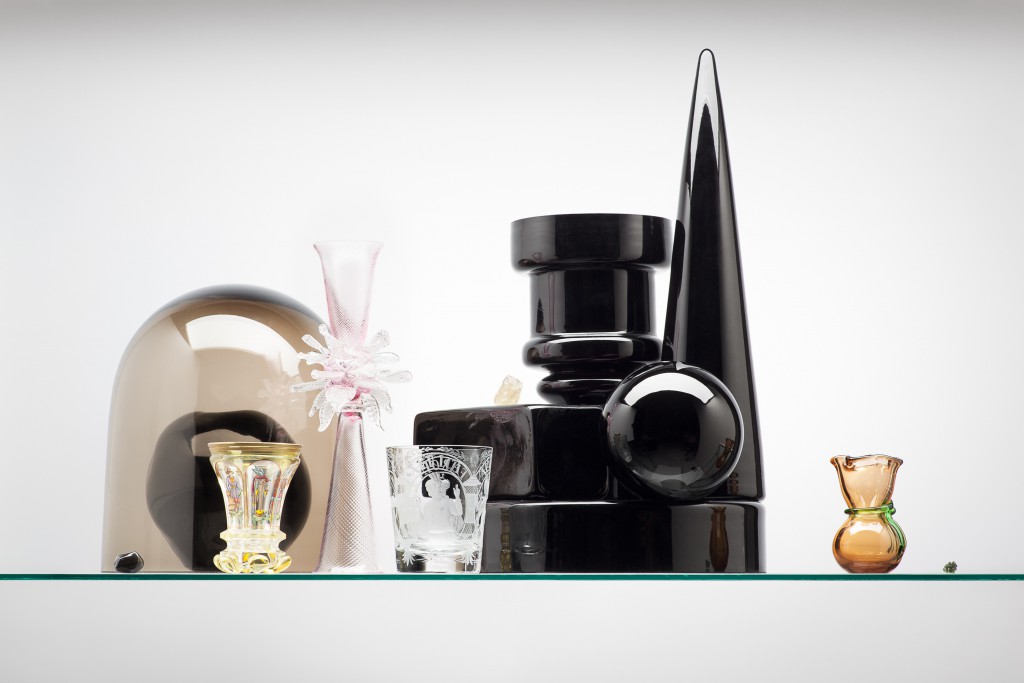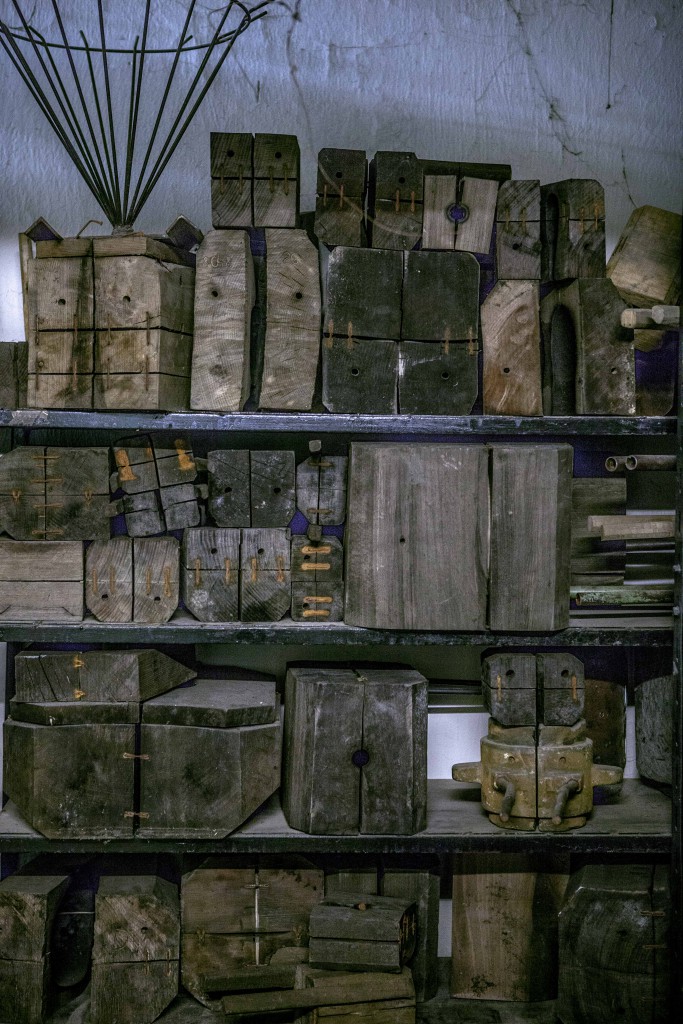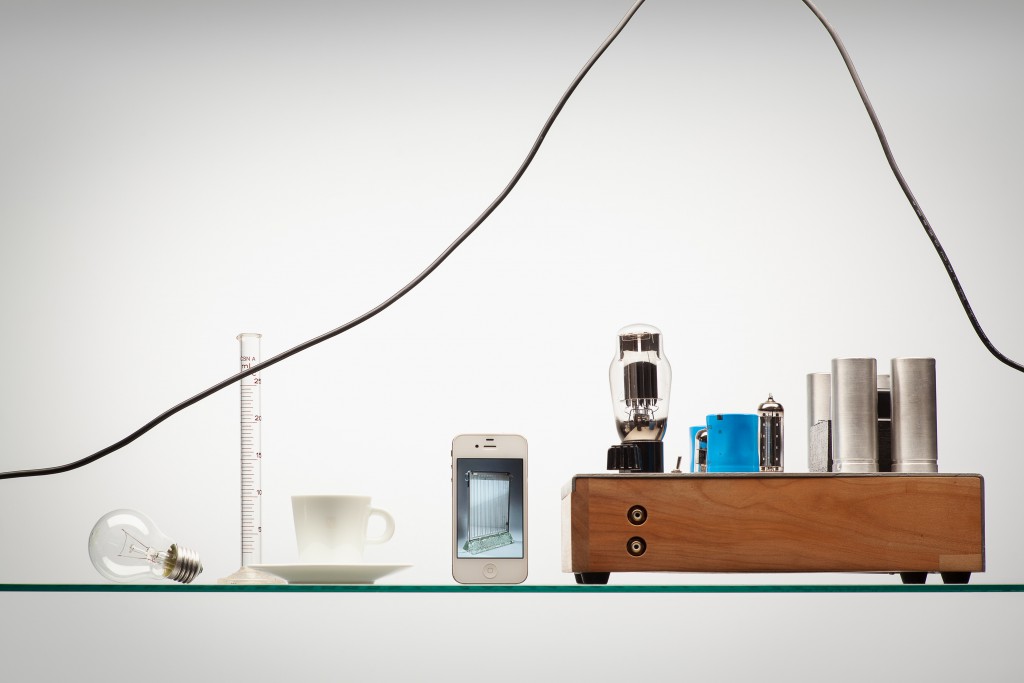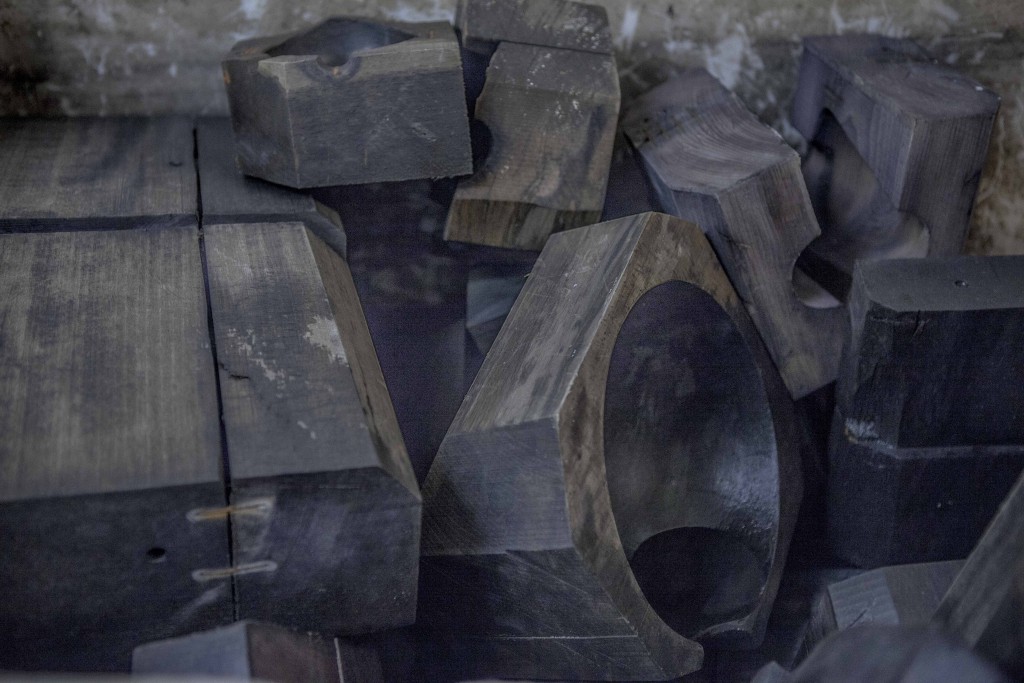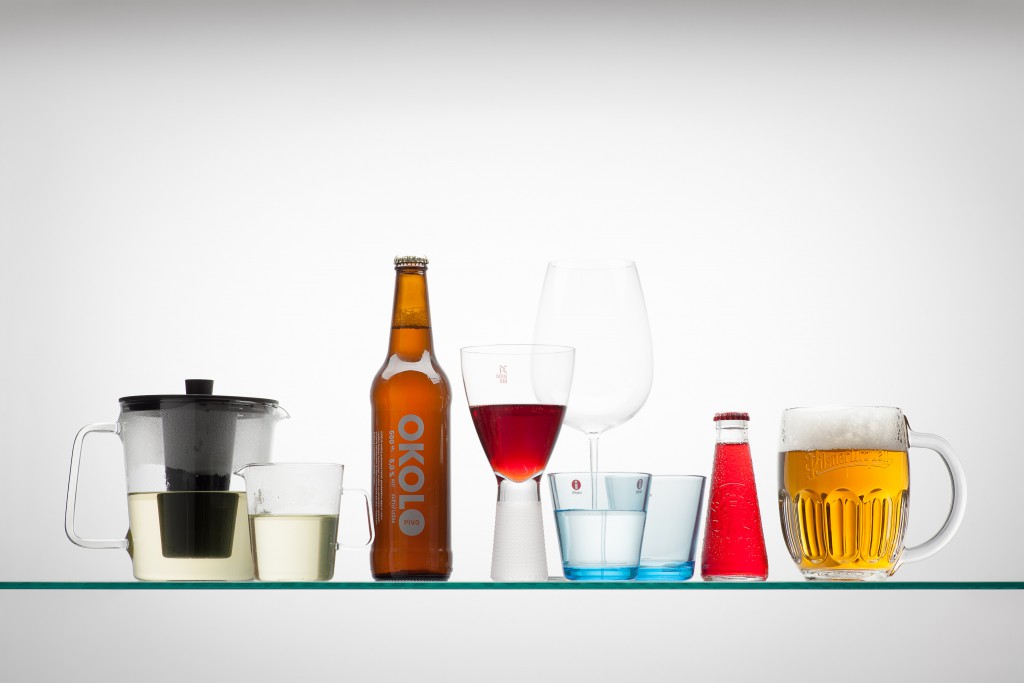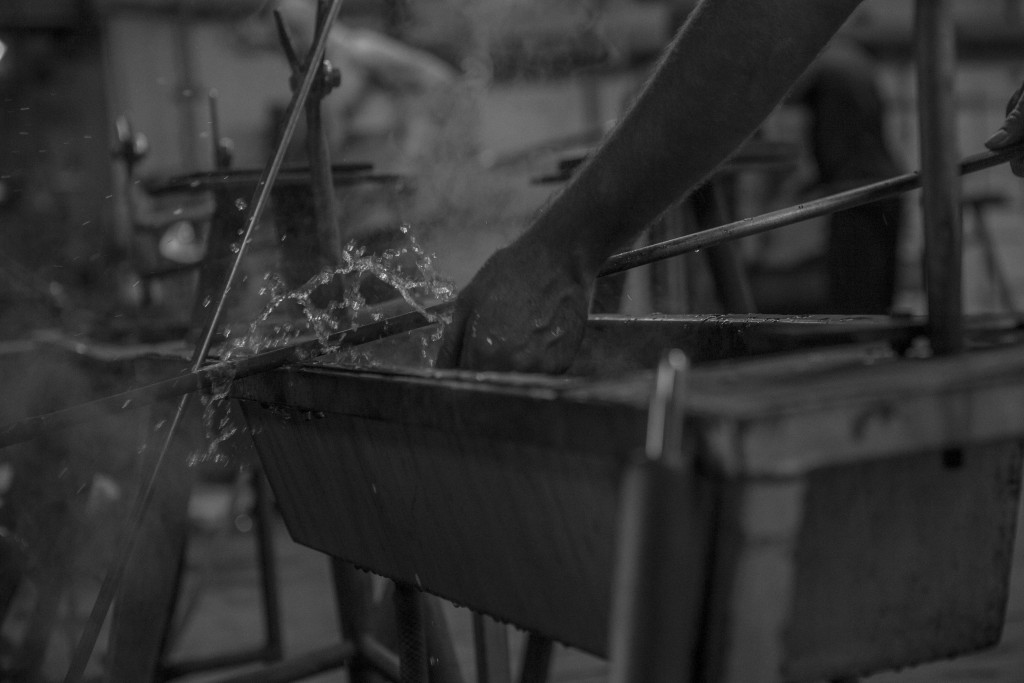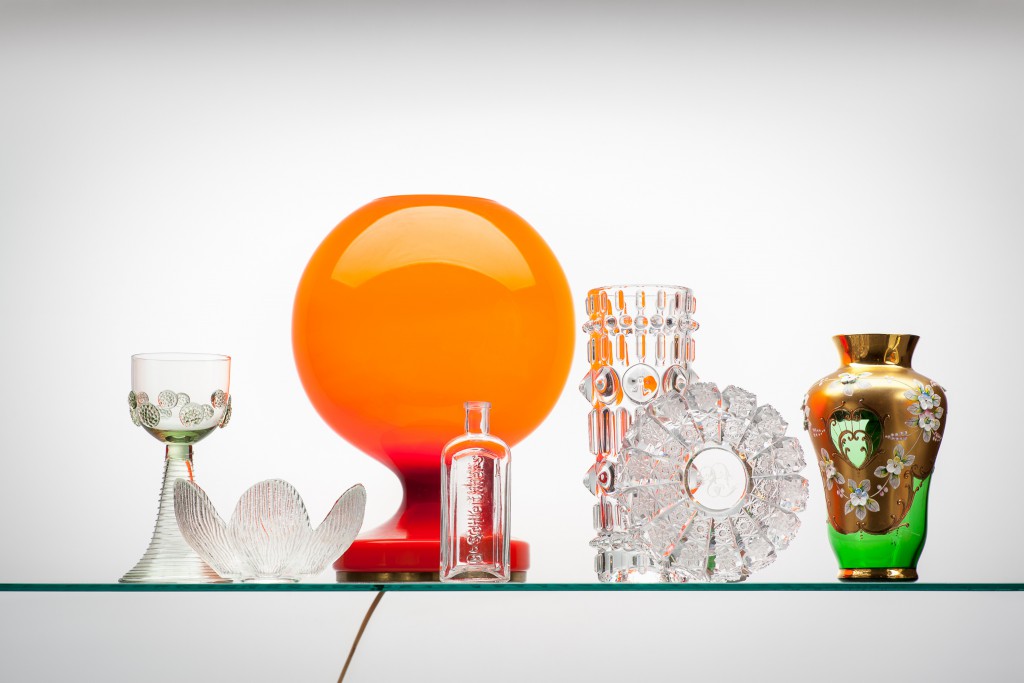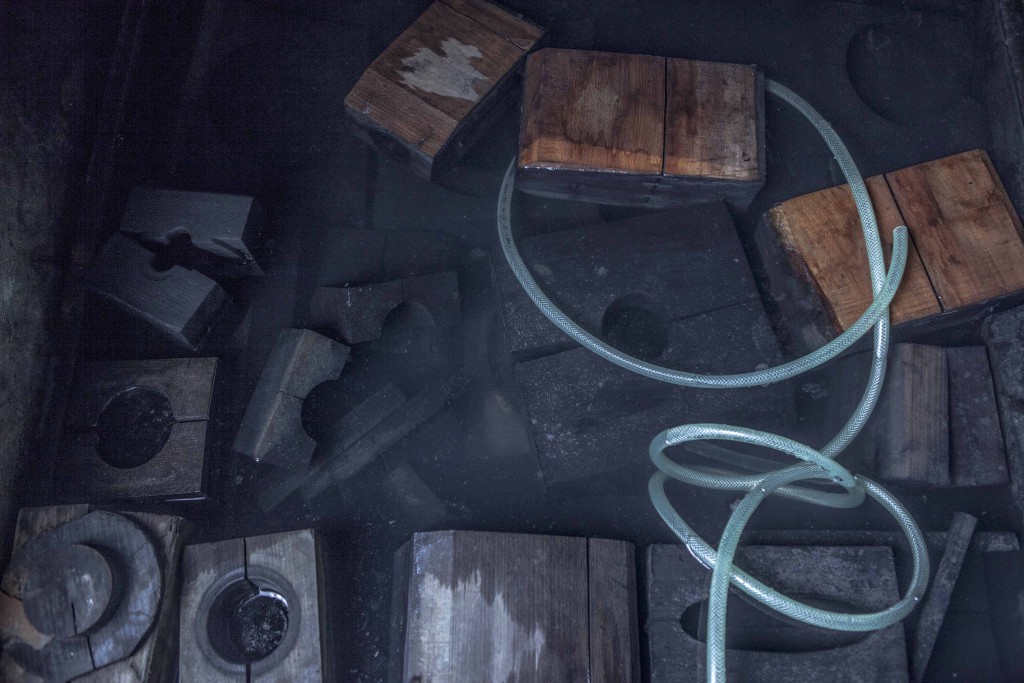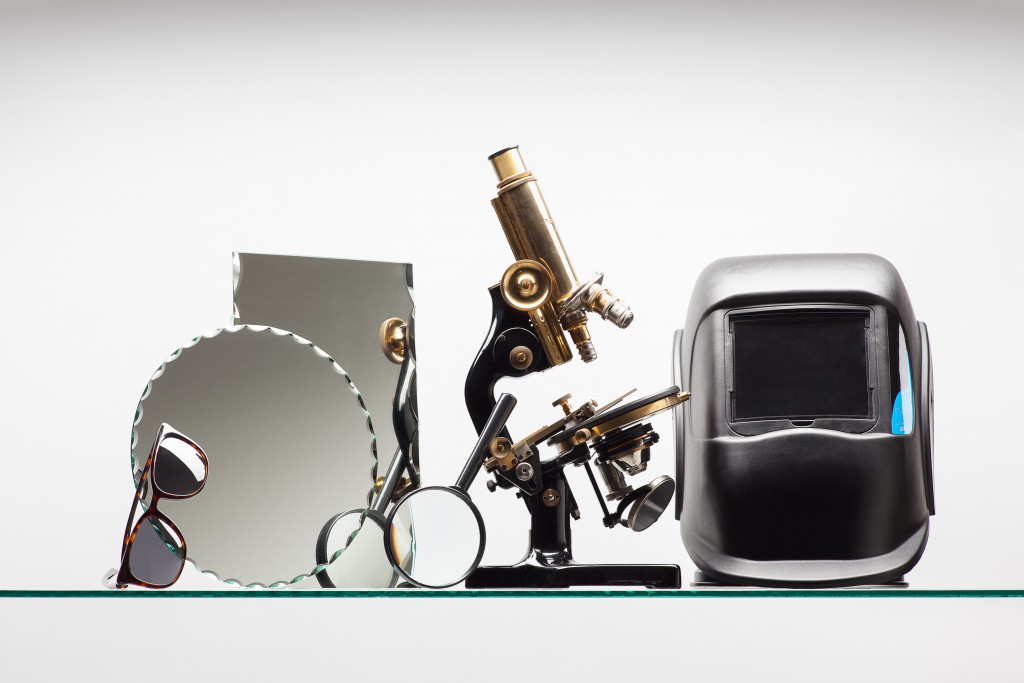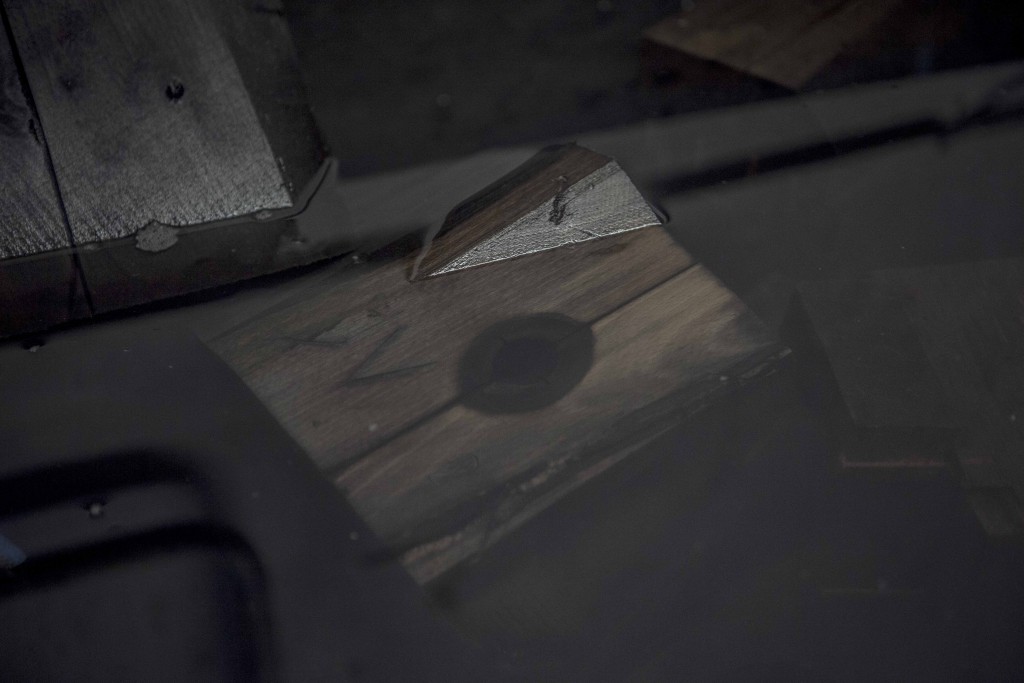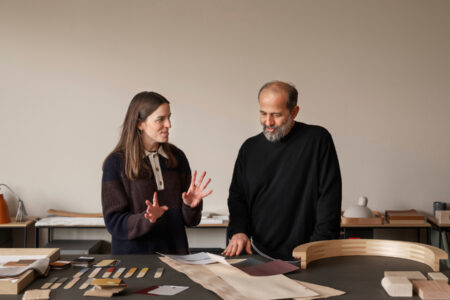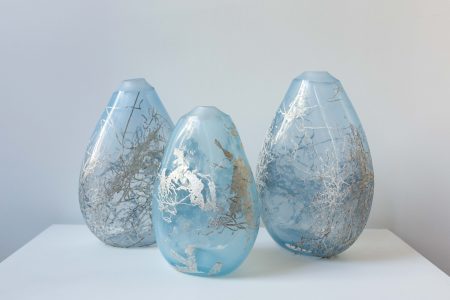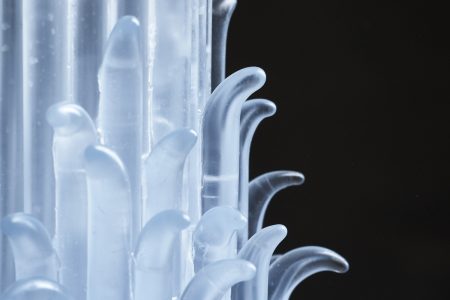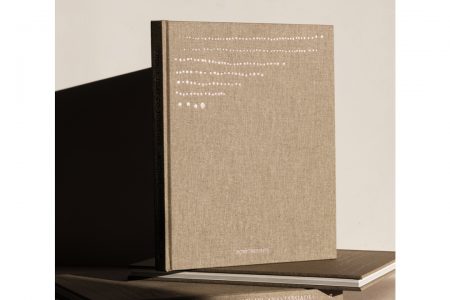BREATHLESS: The Essence of Glass
There are various ways to exhibit a process as a final product, but a mobile glass furnace is perhaps one of the more remarkable means of doing so. The furnace has traveled from the Czech Republic and serves as the centerpiece of BREATHLESS: The Essence of Glass, an exhibition at Brompton Design District during London Design Festival 2016. Organized by the Czech Centre London, the interactive component is the brainchild of Prague’s Dechem Studio, while a more conventional pop-up “museum of glass” is curated by OKOLO.
Marek Bartko and Marek Effmert are in charge of the public workshops, working with designers such as Jakub Jand’ourek, Tomas Alonso, Marcin Rusak, and Studio Swine. Meanwhile, the museum features over 30 objects, from everyday items to designer pieces by the likes of Rony Plesl, René Roubíček, and František Vízner.
Set in the converted industrial space of the Garage at 1 North Terrace, BREATHLESS: The Essence of Glass will be on view until Sunday, 25 September, and is not to be missed. We had the chance to catch up with curator Adam Štěch for a quick chat about the exhibition.
TL Magazine: How does the exhibition speak to the past, present, and future of Czech glass?
Adam Štěch: The exhibition is no actually about just Czech glass. It is about general essence of glass, its production and design. We are showing the process of production in the mobile furnace on one hand and the life of glass in the symbolic museum. There, we present seven different categories of glass use in industry, from decorative glass, housewares, and drinking glasses to glass in architecture, technology or optical industry — these projects allow visitors to understand what actually glass is.
Can you highlight 1–2 works in the exhibition and elaborate on their significance?
AŠ: As a curator I am very happy with the selection. I like to choose a very diverse range of objects, and I think we did it in the exhibition too. From the art glass, I would mention the small object of Miluše Roubíčková, a brilliant glass designer who was active during the 1950s to 1990s. She was a wife of much more famous René Roubíček, but her work is very special. She designed fruit from glass or other everyday objects. We have a small example of her work, a glass sack, which is from the collection of her grandson, who is part of OKOLO too, so it has also personal connotations.
From the utility glass, I would like to mention bottle of Campari, that was designed in 1932 by brilliant Italian Futurist Fortunato Depero. I like the idea that a very radical avant-garde Futurist artist would design functional utility and commercial object which is still produced today. It is an amazing relic of the radical European avant-garde movement in very humble form.
The last one I would like to mention is the glass brick used in architecture. Glass brick was for example the essential feature of The Maison de Verre, built from 1928 to 1932 by architect and decorator Pierre Chareau in Paris. Constructed in radical custom modernism, the house’s design emphasized variable transparency of forms, especially in the glass-brick façade which diffuses light.
What do you hope Londoners and LDF visitors take away from the experience?
AŠ: I think they will take away the very visual experience of making the glass in the furnace, which is taking place here every day — they can see master glass blowers practice their craft very well here. And on the other side, they will see very diverse and sometimes surprising applications of glass all around. From Christmas decorations to glass windows to Scandinavian design, I hope they will find out that the glass is very important part and material of our society.
What has the response been so far? What else are you looking forward to this week?
AŠ: I think it is nice — during the first weekend, many people came and they really enjoyed the live performances. They were very enthusiastic about the project. I am very much looking forward to see London-based designers that will come to try something to blow. From Wednesday to Saturday, we will have designers Tomas Alonso, Marcin Rusak, Michael Anastassiades, or Studio Swine here on-site. Also I am looking forward to seeing other projects around LDF and mostly to be with our friends and enjoy the great passion for design we share.

